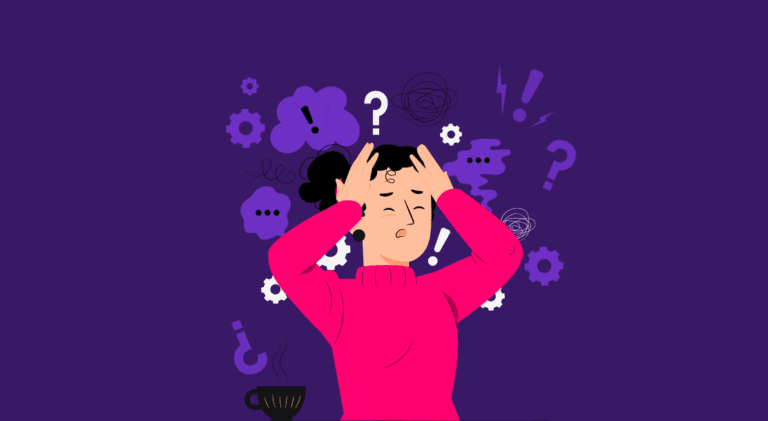4 Types of User Personas for Effective Content Marketing

Most marketing strategies begin with chalking out a business’ user persona. In simple words, a user/buyer persona is the type of user the company wants to target with its products or services. It is a detailed sketch of the target customer, based on verified commonalities instead of assumptions. Most companies conduct a study to understand their customers better before planning their content marketing strategies.
Here’s what a user persona looks like:

When creating a content marketing strategy, a strong understanding of your current and existing customers helps you communicate with them better. Every piece of content that you publish must resonate with the audience you want to attract for your product. You may publish a plethora of content and run multiple campaigns, but they will not bring in the desired results unless you’re clear on whom you want to attract through these efforts.

Why Should You Understand User Behavior?
Once a customer discovers your product, they usually end up on your homepage or landing page. However, it is naive to assume that everyone coming to your website has the same intent to buy your product. Every customer has their own unique buying journey and needs. Even though your target market remains the same, the way your potential customer interacts with your products or services may differ.

Understand it this way: all humans respond to different motives and triggers. So, while identifying your target persona is crucial, the process doesn’t stop there. You should also try to understand how each user behaves and makes their buying decision.
4 Major Types of User Personas
Understanding the buying behavior of your users helps you re-evaluate and add structure to your content marketing strategy. It also serves as a great way to identify if you’re attracting your preferred user persona. Here are the four major types of user personas that you should optimize your digital marketing content for.

1. Competitive user persona
This persona is exactly how it sounds. These customers look for factors that determine why you are better than the rest of your competitors. They generally make for a great set of loyal users that bring in quality customers via referrals, if they really like your product.
2. Spontaneous user persona
A user with a spontaneous persona is looking for confirmation that you can offer them what they want quickly. They enjoy movement and simplicity. No need to bother them with cold, hard facts. If they think your product seems right for them and fulfills their needs, they will swiftly make a purchase. They will give you the highest conversion rates.
3. Humanistic user persona
A user with a humanistic persona appreciates the human side of your business. They like knowing the story behind your business, who’s really guiding the ship, and why you do what you do. They make slow, emotional purchases because they put a lot of thought into their buying decision. These are the customers that value and seek relationships from the business they’re buying from. You might want to consider humanizing your brand, if this is your target group.
4. Methodical user persona
These are users that enjoy the details of your product, and their research is more evidence-based. Expect them to often visit your social media handles to look for customer testimonials, and punch in YouTube and Google searches to understand how exactly your product would solve their problem. This persona makes logical buying decisions, and is the most difficult one to convert.
To sum it up, user personas help you fine-tune your strategy, as you tap into the specific needs of your target market. Knowing the triggers and barriers of each user persona will help you carve out content that makes your user feel that you’re speaking to them. And as a marketer, what’s a bigger win than that?
Pravgya Mundra is a content marketer with an ardent interest in the fin-tech and lifestyle industries. When not diving into a pool of jargon, she’s often found traveling, reading, and making interesting pieces of art through embroidery.

Latest Blogs
Explore how Google’s 2025 AI search updates triggered ranking chaos. Learn actionable strategies to adapt your SEO for AI Overviews, zero-click searches, and SERP volatility. Stay ahead now.
Learn how to rank on AI search engines like ChatGPT, Perplexity, and Gemini by optimizing your content for authority, structure, and relevance. Stay ahead in AI-driven search with this strategic guide.
Explore the best healthcare SEO services for your medical practice. Improve online visibility and effectively reach more patients in need of your services.
Get your hands on the latest news!
Similar Posts

Guest Post
8 mins read
Blueprint for Successful Content Marketing Reporting and Dashboard

Guest Post
4 mins read
5 Employee Management Software You Should Know About

Freelancing 101
5 mins read